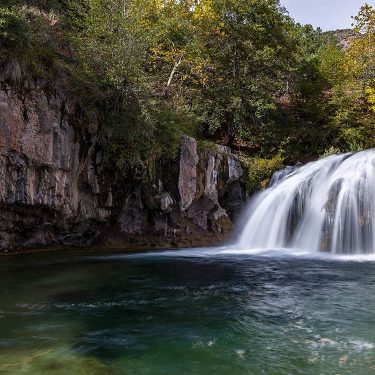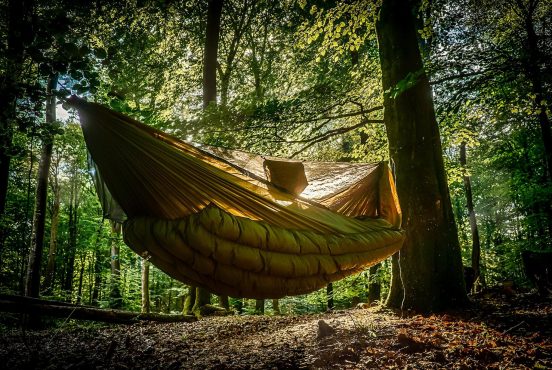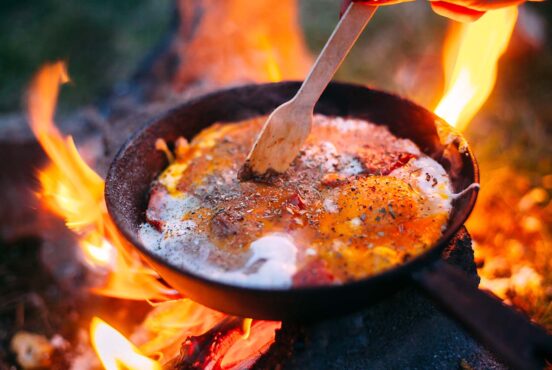Ready to move beyond the pavement? One of our resident runners compiled a list of tips to help you get started as a new trail runner so you can learn to love the dirt ribbon.
For your everyday hiker, trail runners may seem like a different breed of human. There’s nothing more demoralizing than huffing and puffing your way up an excruciatingly steep climb, soaked in sweat and gasping for breath…only to be passed by an all-too-eager runner who might as well be floating up the slope for all the effort they appear to put into each step.
But trail running doesn’t have to be intimidating. Anyone who appreciates any kind of off-road experience can learn to pick up the pace. You don’t need to be an all-star athlete already to triumph on the trails. Take it from yours truly: I once took a solid half-hour to slog through a single mile around the track during every high school fitness test. And yet, I still went on to take second place at this year’s Leadville 100. Mindset matters just as much as finesse when it comes to trail running well. You just need patience and perseverance.
Yes, it’s going to be hard. Especially at first, and most likely always. That’s the point. Think of trail running as a way to reveal aspects of yourself that might otherwise escape your attention. The you that you meet while moving fast and free on trail won’t bear much resemblance to the you that plugs away behind a computer screen or cleans the kitchen for the fifth time in as many days. That’s a gift. But there’s also inherent discomfort involved in clearing the dust out of your soul’s nooks and crannies—not to mention the physical ache of getting into running shape. Embrace the trade-off. It’s worth the bargain.
Now that we’ve got the fire burning, let’s see some action. Get started safely and sustainably with these tips for beginner trail runners.
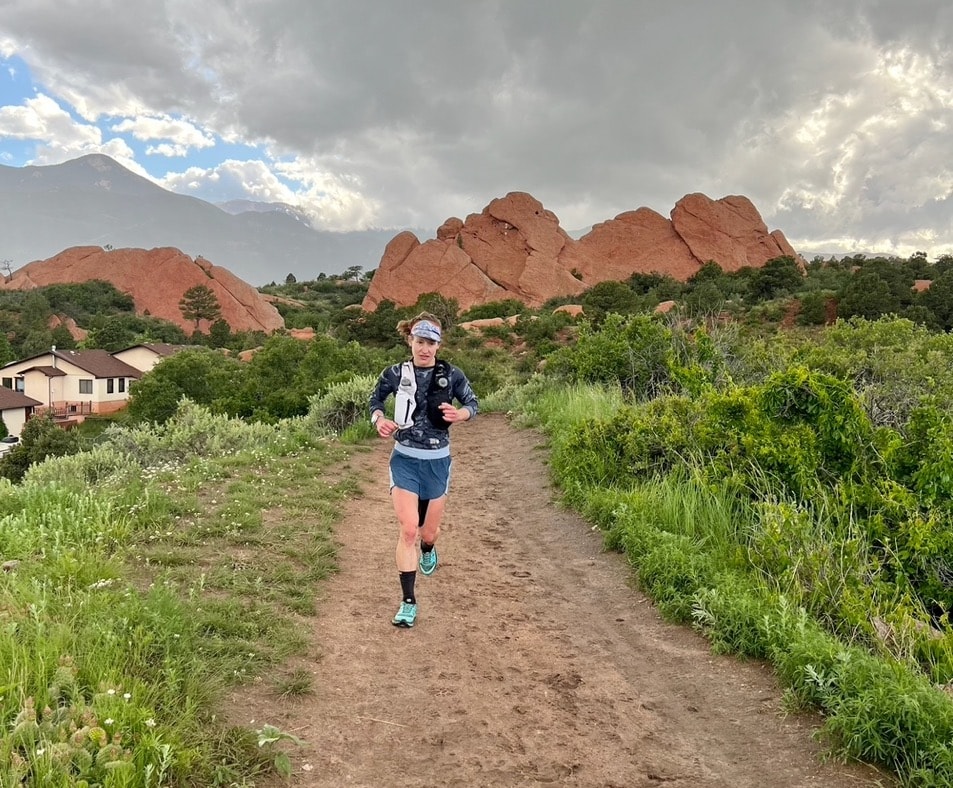
Slow Your Roll
I’ll let you in on a secret: trail running doesn’t always involve much actual running. The name is misleading. Even the top-performing ultramarathoners out there incorporate plenty of hiking into their training and racing agendas. So if you’re struggling to imagine sprinting all the way up a mountain, you’re not crazy—you’re right.
Slow down. Way down. Don’t be afraid to walk it out, whether you’re navigating steep terrain or just getting used to bounding around off-road. Run-hike intervals allow your body to gradually adapt to the challenge. You’ll also give your mind time to process obstacles that you don’t encounter on any old sidewalk like rocks, trees, streams, danger noodles, or any other of Mother Nature’s creations that threaten to trip you up. Aim to increase the ratio of run-to-hike each time you set out. That ratio may never swing entirely in the favor of running, and that’s more than okay. You’re still a trail runner.
Be Prepared
You never know what’s going to happen out there. There’s a lot more that can creep up on you when you’re running across the state than on the city streets. Not only that, but you’re veering into no-man’s land. No water fountains or gas stations to be found here. It pays to be self-sufficient.
So stock up. First, grab a running vest that conforms to your body to carry all the supplies you’ll need to sustain you throughout the run. The Salomon ADV Skin 5, Black Diamond Distance 4, and Osprey Duro 6 are all classic crowdpleasers. Fill your bottles with water (plus electrolytes like Skratch Labs Hydration Mix or GU Hydration Tabs if you’re out for over an hour) and pack some carb-rich snacks to keep your tank topped off. My go-to, mid-run nibbles include GU Gels, Quantum Energy Squares, and fig bars.
But that’s not all. Stuff the other pockets with lightweight layers depending on the weather and where you’re headed. I rarely go without at least a windbreaker in my bag because mountain climates are notoriously unpredictable. Pick something like the Ultimate Direction Ultra Jacket that packs down so small you barely notice it there. You’ll appreciate your forethought the first time you get stuck in a surprise downpour. A small blister-care kit with band-aids, ointment, and Vaseline packets goes a long way too. Don’t underestimate the chafing power of puddle jumps and stream crossings.
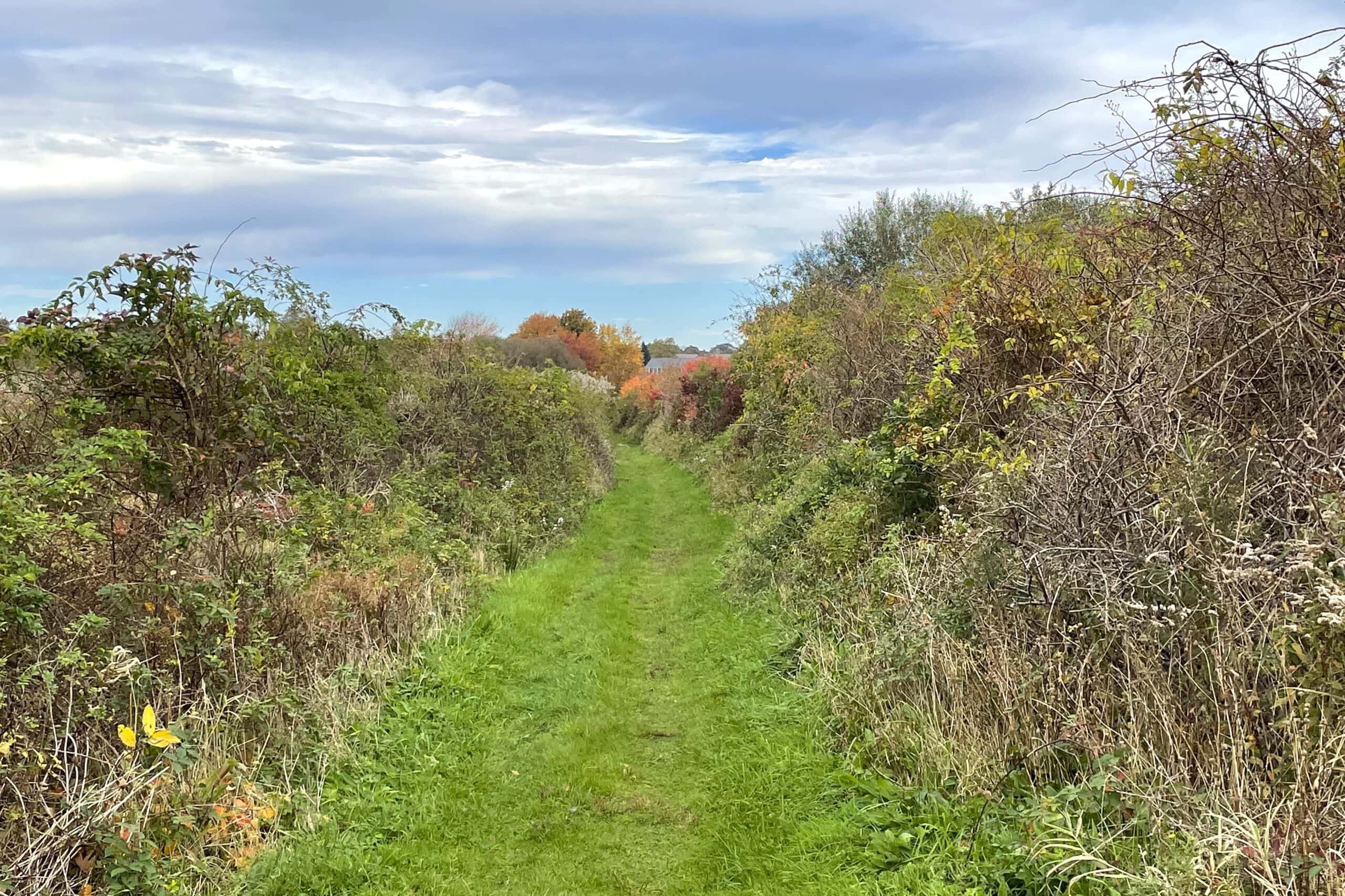
Loosen Up
I know, it’s hard to imagine running with all that on your back—let alone running smoothly. The unsteady terrain has the tendency to make new trail runners tense up. But, the worst mistake you can make on the trails is over-contracting your muscles in an attempt to manage the load and control each step. This leads to a robotic movement that doesn’t help you navigate twists, turns, and obstacles in your path.
Aim to tread lightly on the trail. Don’t confuse this with going completely slack. Employing your muscles properly is a crucial component of staying loose. The key is to engage them without turning your body into an inflexible concrete wall. Find the happy medium where you feel more like bounding than pounding. Intermittent body scans throughout your run can help identify areas that you could stand to loosen for the sake of saving energy and adapting your stride to your surroundings. Shoulders, hips, and quads are common culprits here. Shake tight areas out between steps so they contract more on the landing to absorb impact and release in the air to reset.
Stay Focused
That being said, navigating technical terrain requires more than just physical effort. It takes mental focus to avoid eating sh*t every time you encounter a rogue rock. Train your brain to identify potential obstructions before they trip you up (literally).
You can do this on the trail by eliminating distractions (a.k.a. ditch the headphones) and spending that spare mental energy on your observational skills. Put all your senses to work. How does the ground feel under your feet? What do the leaves look like on the trees? Where are those bird calls coming from? The better you’re able to observe the world around you, the more likely you are to catch what’s coming up along your path.
But honing these skills at other times too will make it even easier to focus while running. Try playing a brain game on a walk or in between work meetings, finding something around you in each color of the rainbow. Or, try this more active take on meditation: study an intricate object for one minute, then close your eyes for another minute while trying to recreate a mental image of the object in as much detail as you can remember. When you reopen your eyes, check your work. What did you get right? What’s missing? Perform a few rounds with the goal of increasing accuracy each time. These drills help your brain develop stronger observational skills that transfer to your time on the trails.
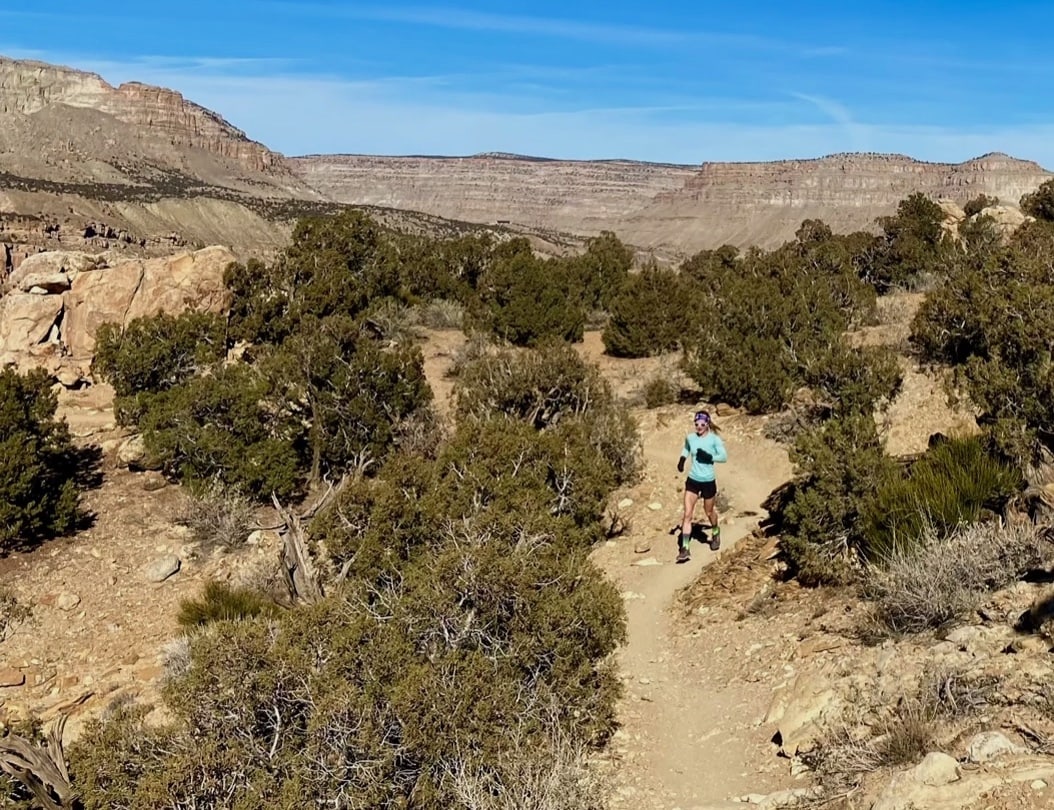
Soak It In
Let’s not forget the main reason to get off the pavement and onto the trail: the undeniably epic backdrop. Nothing makes you feel more like a badass than running over ragged mountain ridges, through dense canopies of trees, and along winding riverbanks for miles on end. Take time to pause along your route and soak in the experience of choosing the road less traveled. Appreciation for the landscape you’ve found leads to confidence in your abilities. Take pictures, jot down field notes, and record your rambling trains of thought. It’s all evidence of the inner strength you cultivated so you could have this experience—and so many more to come.
Explore More
Sign up for Weekend Wanderer to join thousands of readers getting epic travel ideas every week.
Seen in: Gear

